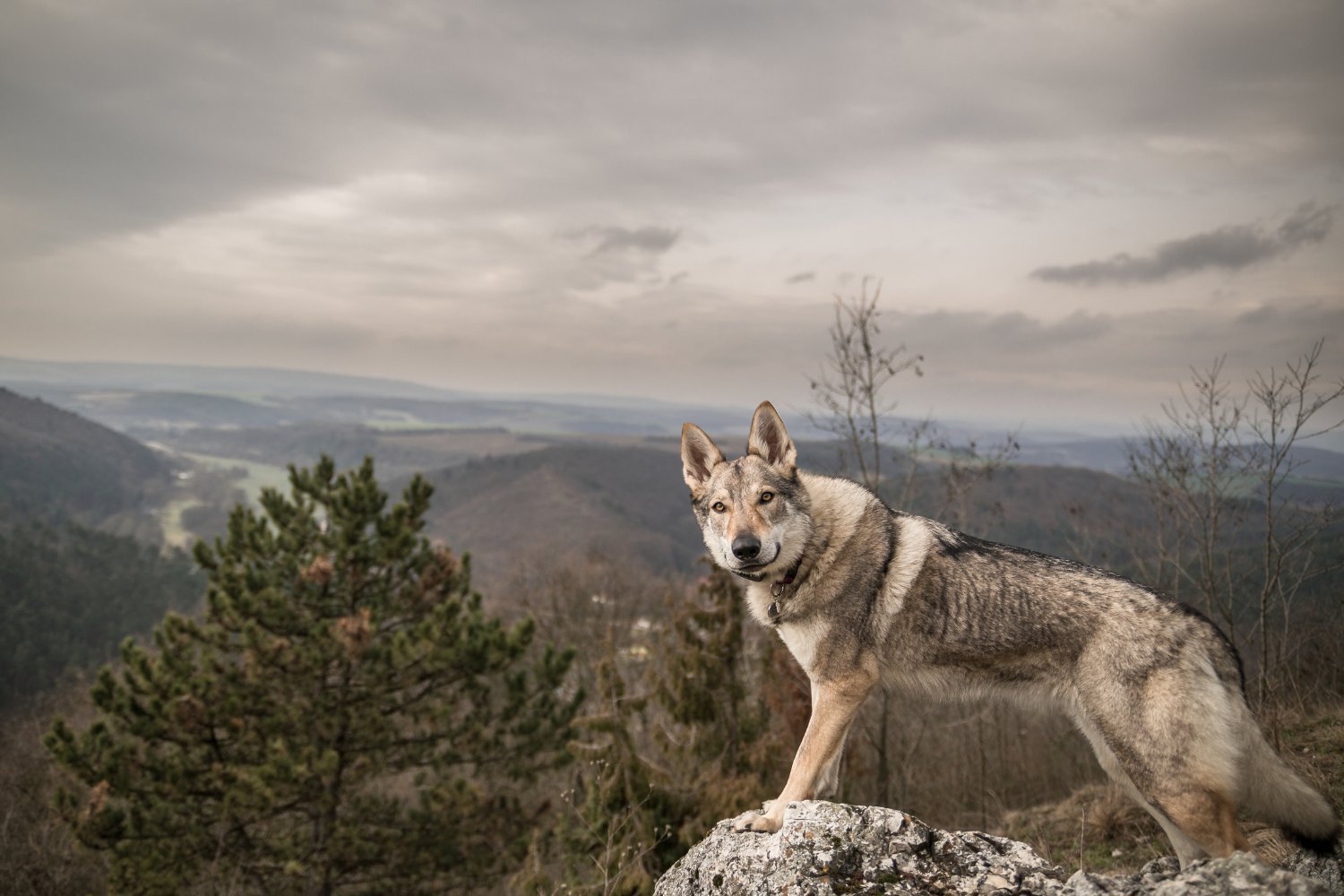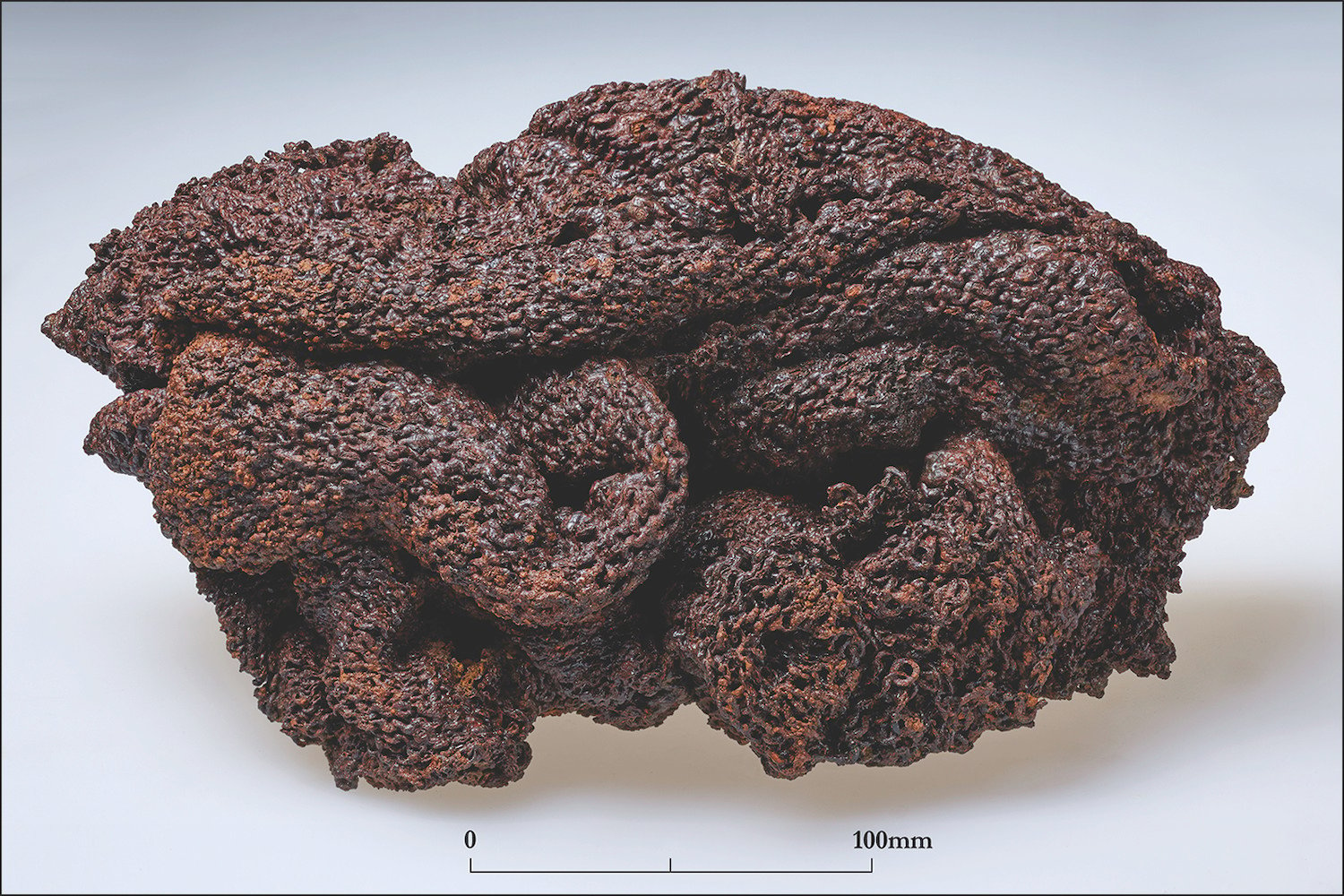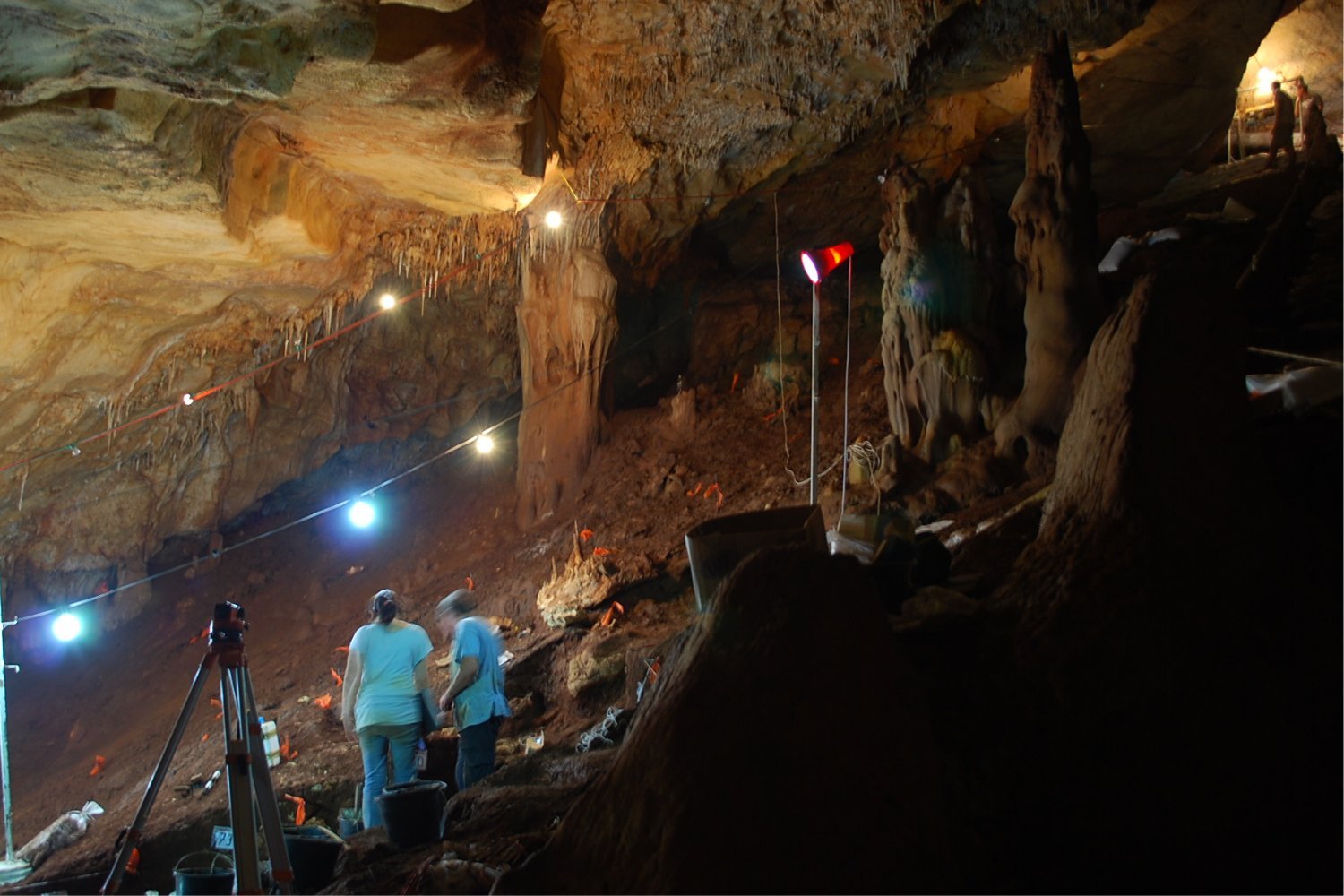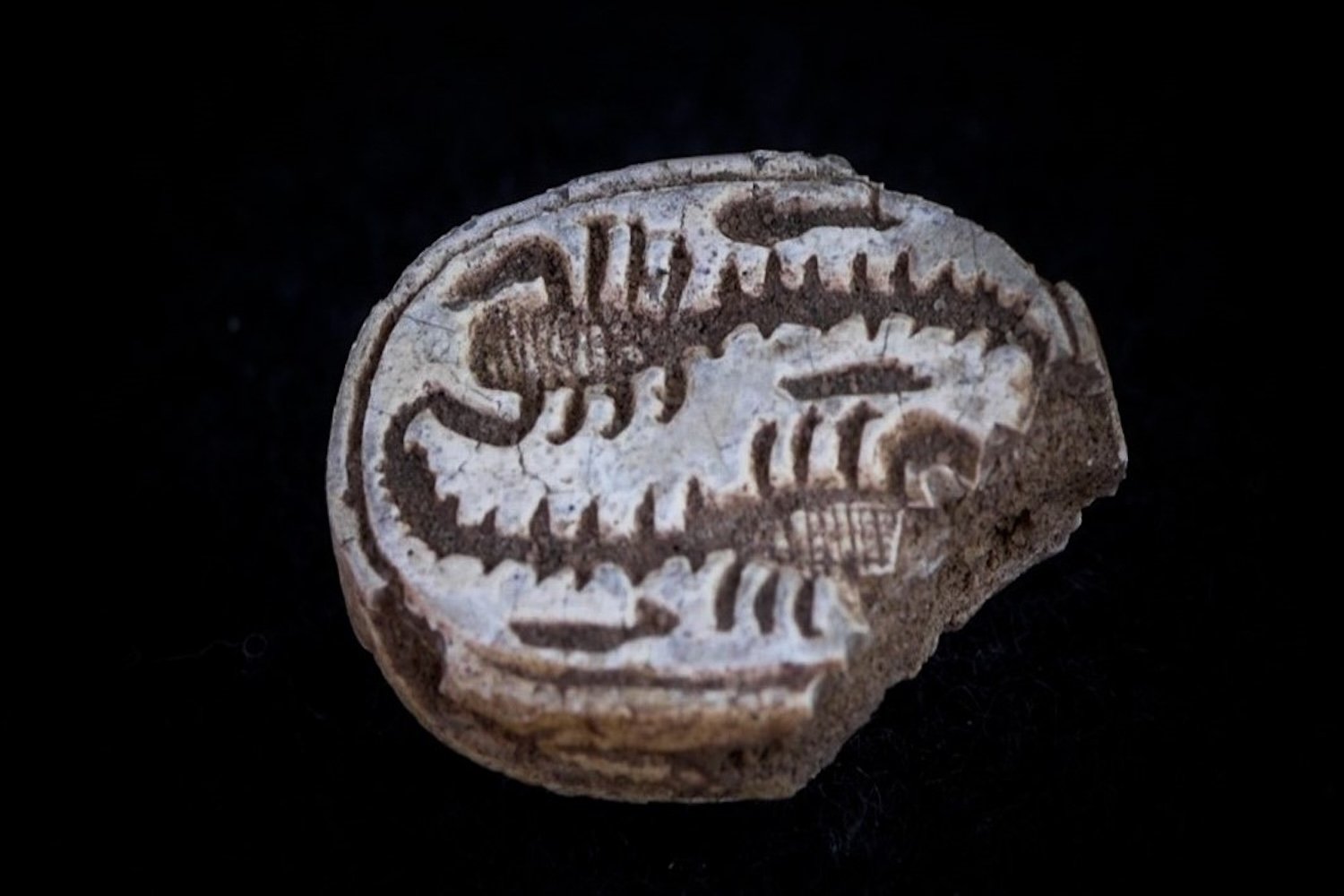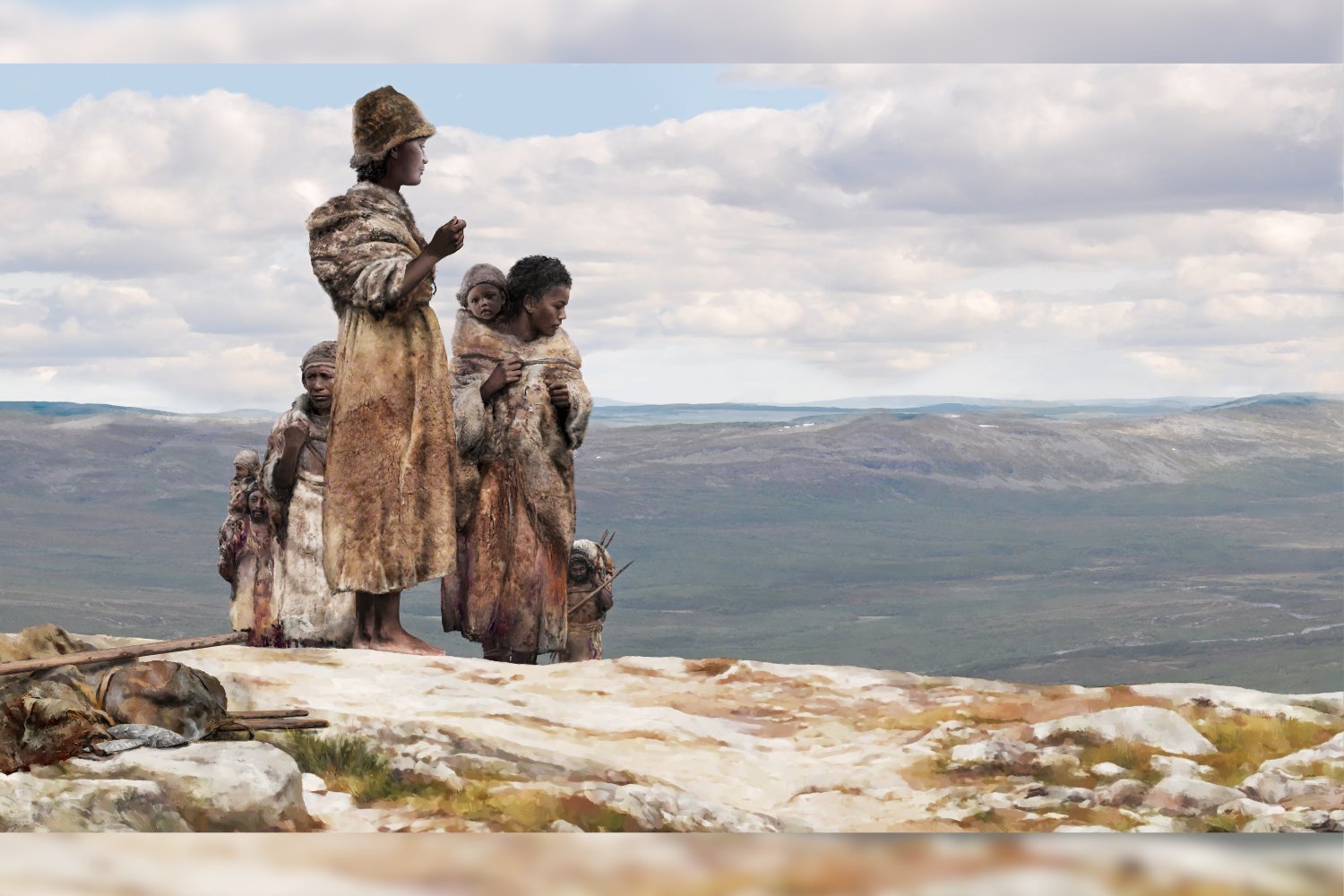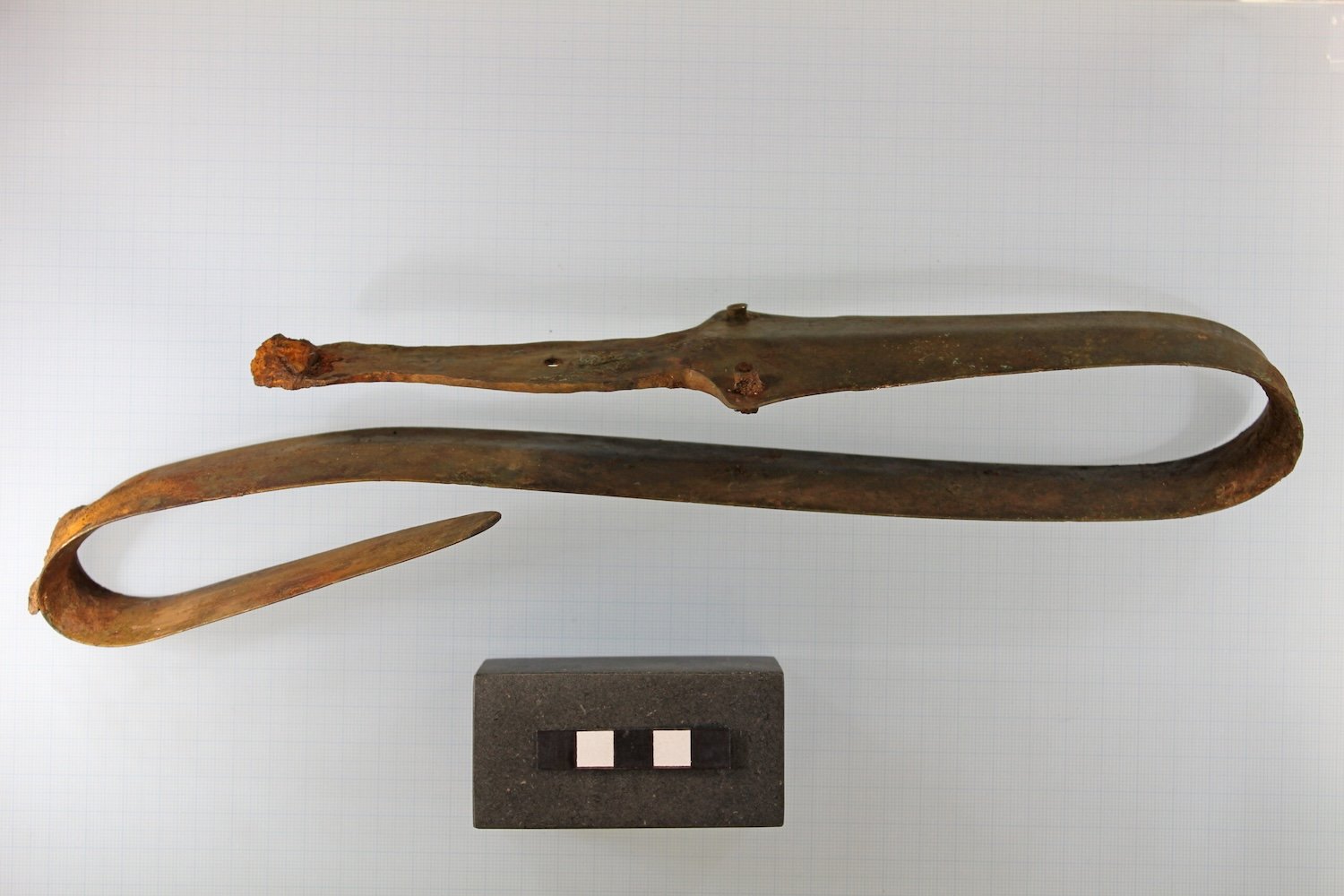The age-old question of how dogs became humanity’s best friend remains partially unanswered, but recent research offers compelling new insights into the intricate history of canine domestication. While humans have coexisted with canids for millennia, the precise timeline of their transformation into the domesticated dogs we know and love today has been difficult to ascertain. A new study published in Science Advances examines 76 ancient canid fossils from Beringia, providing specific timestamps that shed light on this fascinating process.
The conventional assumption has been that dog domestication occurred as a single, definitive event, creating a clear divide between dogs and wolves. However, this study challenges that notion, revealing a far more nuanced and complex relationship between humans and canids. Archaeologist François Lanoë, lead author of the study, explains that canid-human interactions were multifaceted, involving not only domestication but also taming of wild wolves and commensality—wolves living in close proximity to human settlements. This suggests that domestication occurred in varying degrees, at different times, and across different locations in prehistory.
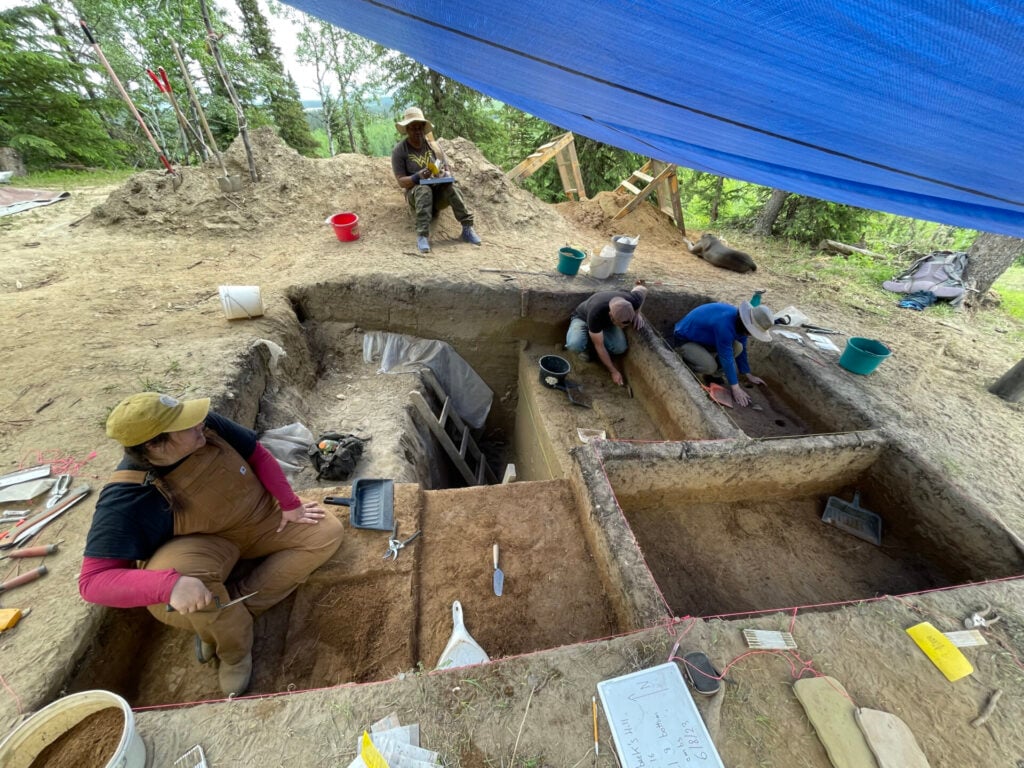 The Hollembaek Hill site, where a canine jawbone was found.Excavations at the Hollembaek Hill site yielded a crucial canine jawbone, contributing to our understanding of dog domestication. Photo: Joshua Reuther
The Hollembaek Hill site, where a canine jawbone was found.Excavations at the Hollembaek Hill site yielded a crucial canine jawbone, contributing to our understanding of dog domestication. Photo: Joshua Reuther
The research team analyzed 76 canid specimens, including dogs, wolf-dog hybrids, wolves, and coyotes, from late Pleistocene and Holocene sites in interior Alaska. Modern wolf remains from Alaska were also included in the morphological and genomic analyses. The team discovered that some ancient canids from specific river sites consumed more salmon than others in the dataset, while others had diets comprising fish and game. This finding is significant, as wild canids do not typically hunt salmon. The presence of salmon in their diets suggests a connection with humans, possibly indicating that these canids were scavenging near human settlements or even being fed by humans. This raises the fundamental question: what truly defines a dog?
While dog breeds today range from tiny chihuahuas to massive Great Danes, some modern dogs retain a striking resemblance to their ancient ancestors. A 2020 study demonstrated the unbroken genetic lineage of sled dogs, tracing their ancestry back to the end of the last ice age. The salmon in the diets of ancient canids serves as a valuable indicator of when some of these animals began to develop closer relationships with humans. Evelyn Combs, an archaeologist with the Healy Lake Tribe’s cultural preservation office, reflects on the enduring human-canine bond, noting the historical consistency of these relationships.
Previous research on dog history and domestication has unveiled a wealth of information, from the origins of dog coat colors to the genetic connections between modern dogs and their wild counterparts. A 2021 study revealed that the yellow coat color, seen in breeds like the Shiba Inu, is inherited from an ancient canid that diverged from Pleistocene wolves two million years ago. While some ancient lineages persist, more recent relationships between dogs and their wild relatives, such as the Australian dingo, appear less robust.
The insights from this recent study can be applied to understanding past human interactions with other animals, including foxes (which are canids) and chickens, domesticated from junglefowl in Southeast Asia. Fossil evidence and genetic analyses offer complementary perspectives on domestication, as demonstrated by a 2022 study that analyzed 238 donkey genomes to pinpoint the domestication of the wild ass. The innovative use of dietary analysis in the recent canid study provides a clever approach to the question of domestication.
While the precise origins of dog domestication remain somewhat elusive, this latest research offers valuable clues about the beginnings of the human-canine partnership, acknowledging the complexity and multifaceted nature of this ancient bond.



